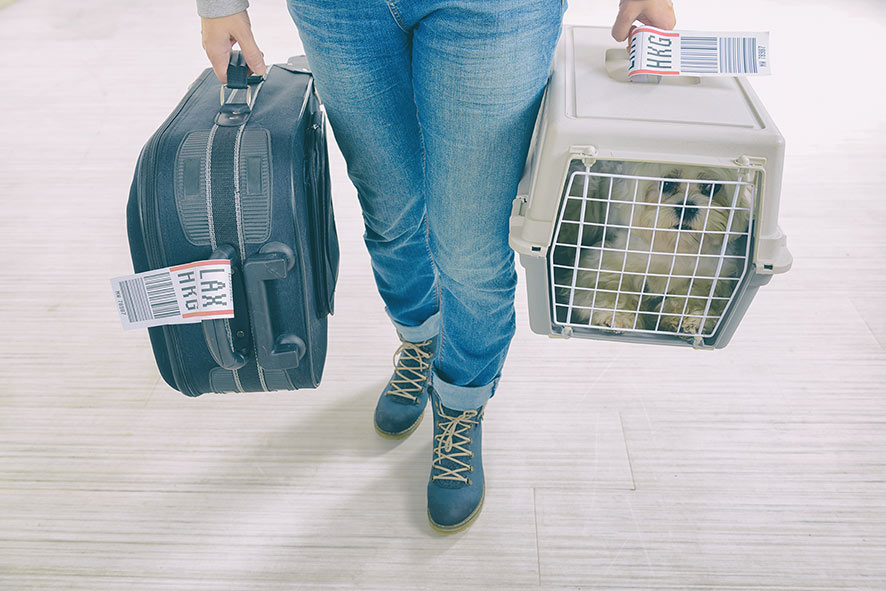A Guide to Travelling with Your Pets

Their playful faces, adorable kisses, and joyful personalities make us treat our pets as family members. For many pet owners, going on holiday without their furry friends is unthinkable. If you plan to travel with pets, here's a basic guide to making it as safe and enjoyable as possible for them and yourself.
Driving with pets
Secure them
They need to be securely and humanely restrained for their own safety and the driver's. You can get a boosted car seat that fastens them while still allowing them to see out the car. You can also opt for a net barrier, so they can move around without access to the driver.
Frequent stops
If you're the type of driver that needs to get to a destination as fast as possible, taking pets on holiday is not for you. You will need to stop frequently, every one to two hours, to allow them to urinate, drink water, and exercise.
Border crossing
If you're crossing a border, you will need to provide proof of vaccination and a health certificate from your veterinarian.
Even if you're not travelling internationally, it's still a good idea to book a check-up with the vet before departing.
Take their toys
Take along their blanket and favourite toy or a chew, such as a peanut butter stuffed Kong to help them feel more relaxed, happy, and busy.
Keep it cool
Air condition the car so that its cool, and never leave them alone in the vehicle even for a very short time. Animals can easily overheat – and much faster than humans.
Safety gear
Your dog should wear a nylon collar or a harness (never a choke chain). A cat should have a nylon safety stretch collar. Should you have an accident, your pet has less chance of being injured and can be recovered safely. Pets must carry identification such as a chip or tag.
Flying with pets
Cargo
Many local airlines will transport pets, usually in a special cargo hold at an extra fee.
How it works
You will need to notify the airline at least 48 hours beforehand that you are bringing a pet and they will need to be checked-in an hour or two before you.
Once checked in, they will be transported to the plane in an air-conditioned vehicle and will be placed in a special hold beneath the cockpit. There, their crates will be securely attached to the plane to prevent them from sliding around. Clean water will be provided for them.
Your responsibilities
Much of the responsibility of making sure they are happy and safe lies with the owner. You should:
- Provide their inoculation booklet and make sure it's up to date.
- Ensure it's safe to fly your pets. Kittens and puppies younger than eight weeks, elderly, and pregnant pets should not fly.
- Provide a water bowl.
- Provide a secure crate that allows the animal to stand up and turn around. Some airlines will rent one to you.
- Not feed them before travelling as this can make nausea worse.
Preparing them
Crate train them before flying. Here is an excellent way to do this in a happy, healthy, and humane way.
Flying and driving can be extremely stressful for a pet. Before you travel with them, consider their best interest. If they're aggressive or reactive, it might be better to leave them at home with a reliable pet-sitter.
Sources: Arrive Alive; Pet Lounge
This article was written by a professional holding a dipCABT Diploma from the Centre of Applied Pet Ethology (COAPE) International, which is an internationally recognised learning institution. It is an advanced diploma in the practical aspects of companion animal behaviour and training.
Prices quoted are correct at the time of publishing this article. The information in this article is provided for informational purposes only and should not be construed as financial, legal, or medical advice.

































